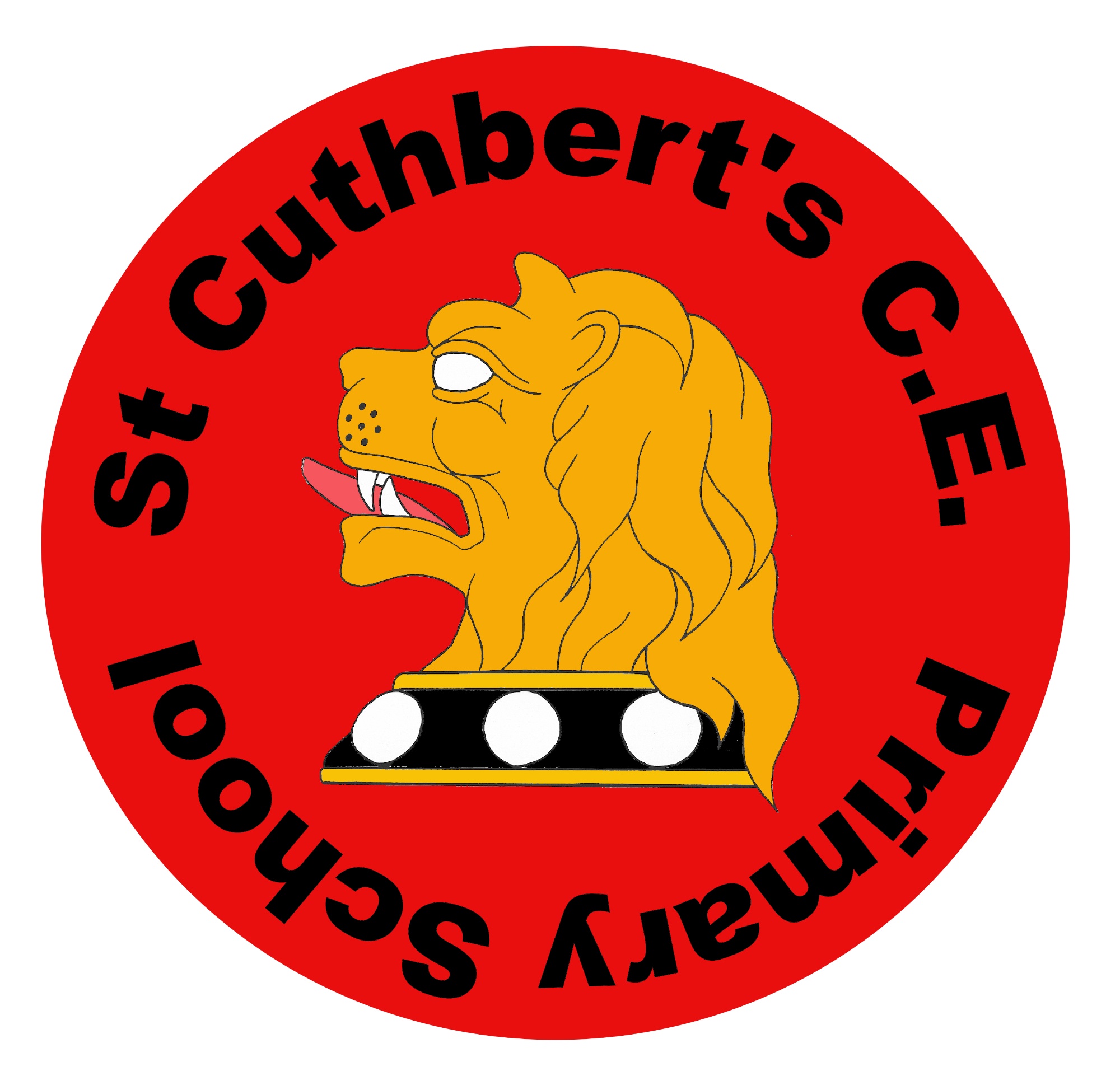Year 4
End of Year Expectations- Year 4
The table below provides an overview for parents and carers on the end of year expectations for children at our school.
Meeting these objectives will help your child to make good progress as they move through the school. All the objectives will be worked on throughout the year and will be the focus of direct teaching.
Any extra support you can provide in helping your children to achieve these is valued greatly.
Reading
- Read age-appropriate texts fluently and for an increasing period of time.
- Use knowledge of prefixes, suffixes and root words to understand new words.
- Use a dictionary to look up the meaning of new words.
- Express an opinion about a text, including likes and dislikes.
- Make predictions based on what has happened and using own experience.
- Can retell known stories accurately and confidently.
- Begin to summarise sections of a text.
- Compare texts by the same author.
- Explain why a writer has used words/phrases/different sentence types and the effect it has created.
- Can scan non-fiction texts to locate information and/or answer a question.
Writing
- Write at length across a range of text types (narrative, non-fiction, poetry), showing an understanding of audience and purpose
- Read aloud own writing clearly, with appropriate expression, tone and volume
- Use standard English forms for verbs e.g. ‘we were’ instead of ‘we was’, or ‘I did’ instead of ‘I done’
- Use paragraphs to organise ideas
- Vary sentence structure, using different openers.
- Use noun phrases with prepositional phrases (e.g. the stranger with brown, curly hair).
- Use appropriate choice of noun or pronoun.
- Use fronted adverbials followed by a comma (e.g. Later that day, I heard bad news.).
- Use inverted commas and other punctuation to punctuate direct speech.
- Write with increasing legibility, consistency and fluency, including joining letters using diagonal and horizontal strokes.
Mathematics
- Count backwards through zero to include negative numbers.
- Compare and order numbers beyond 1,000, and numbers with up to 2 decimal places.
- Read Roman numerals to 100.
- Find 1,000 more/less than a given number.
- Count in multiples of 6, 7, 9, 25 and 1000.
- Recall and use multiplication and division facts all tables to 12x12.
- Round any number to the nearest 10, 100 or 1,000, and decimals to the nearest whole number.
- Add and subtract numbers with up to 4-digits using the formal written (column) method.
- Multiply: 2-digit and 3-digit numbers by 1-digit.
- Find unit and non-unit fractions of numbers and quantities (e.g. 2/3 of 24).
- Read, write and convert time between analogue and digital 12 and 24 hour clocks.
